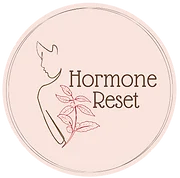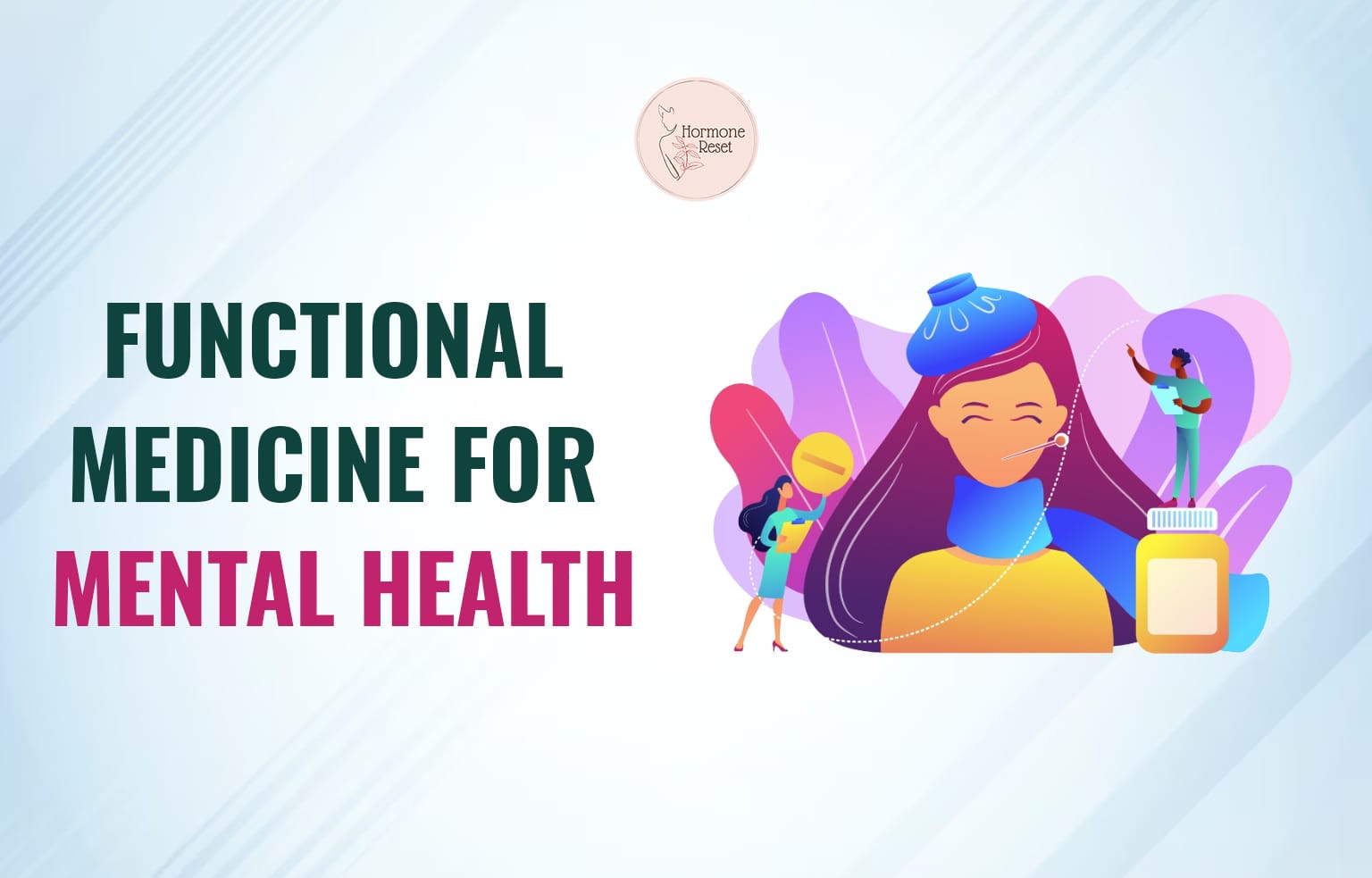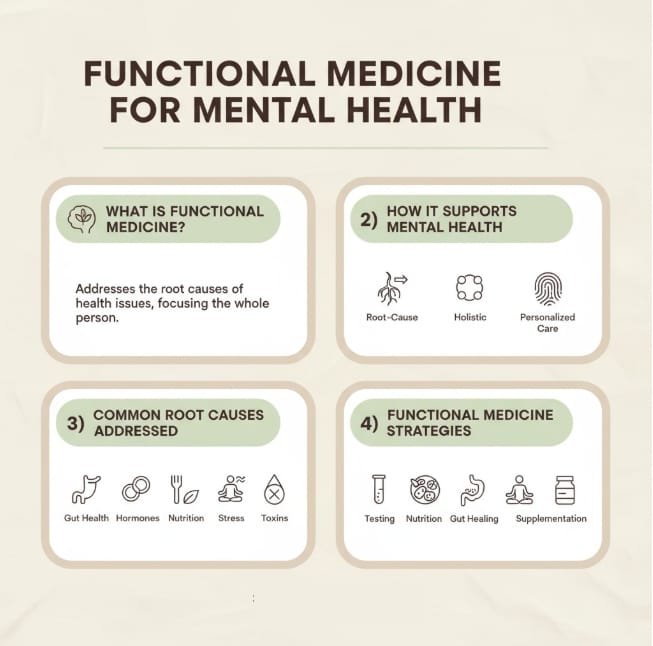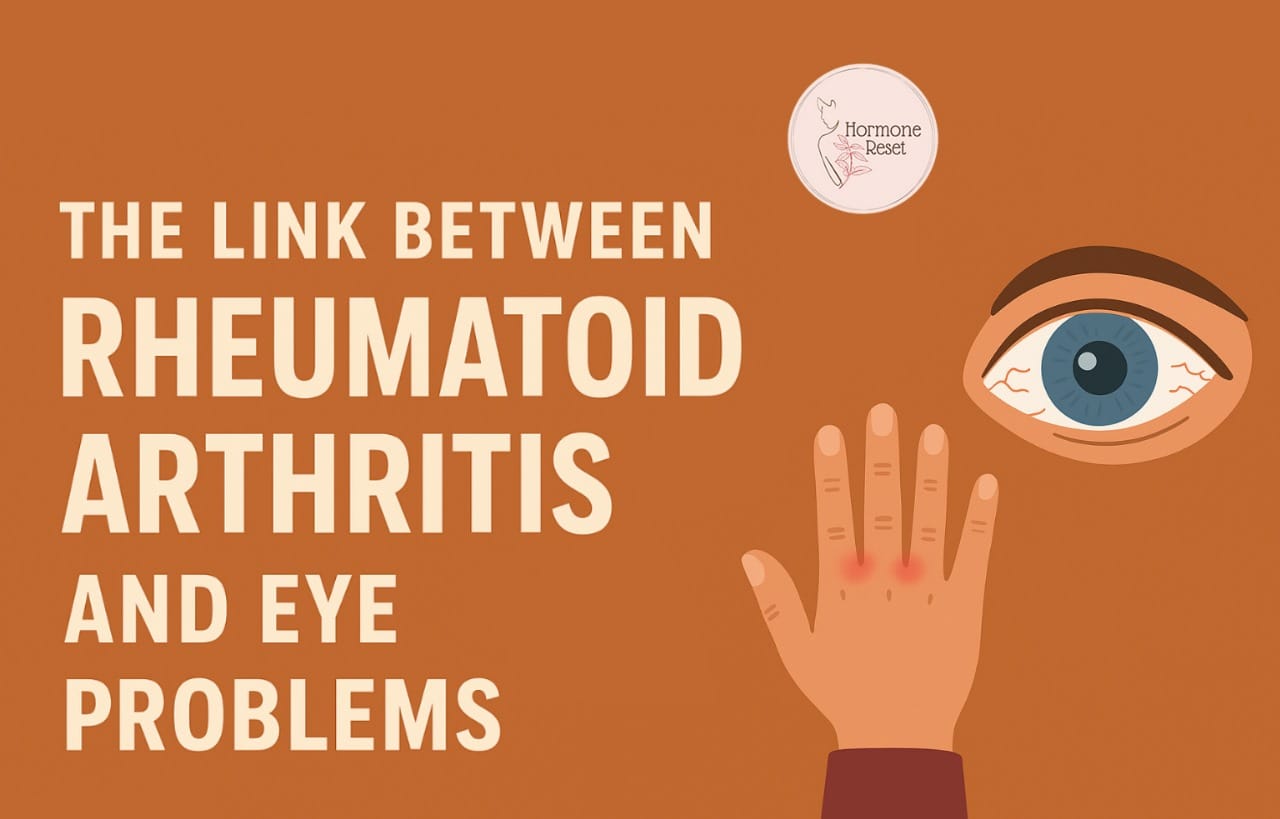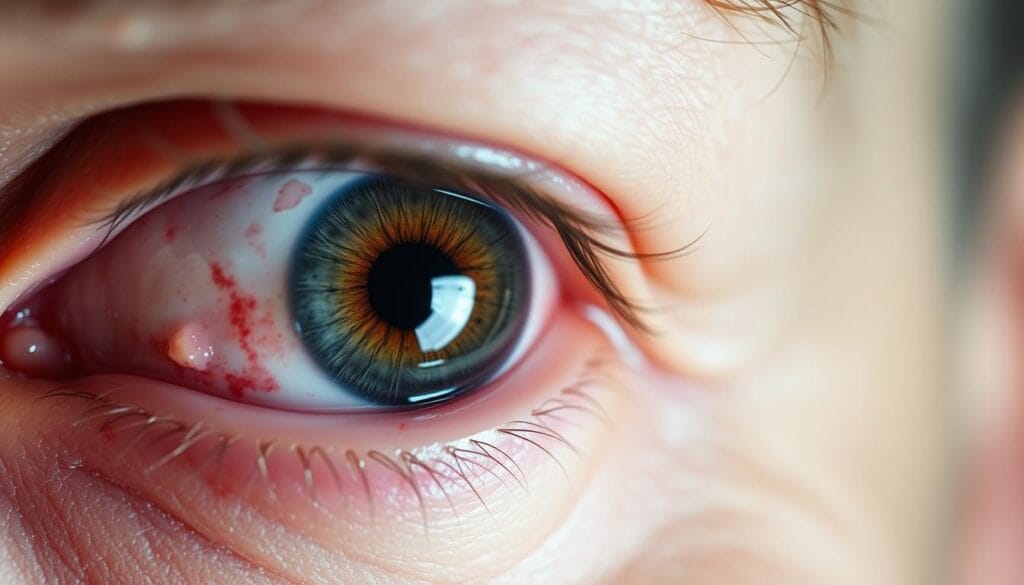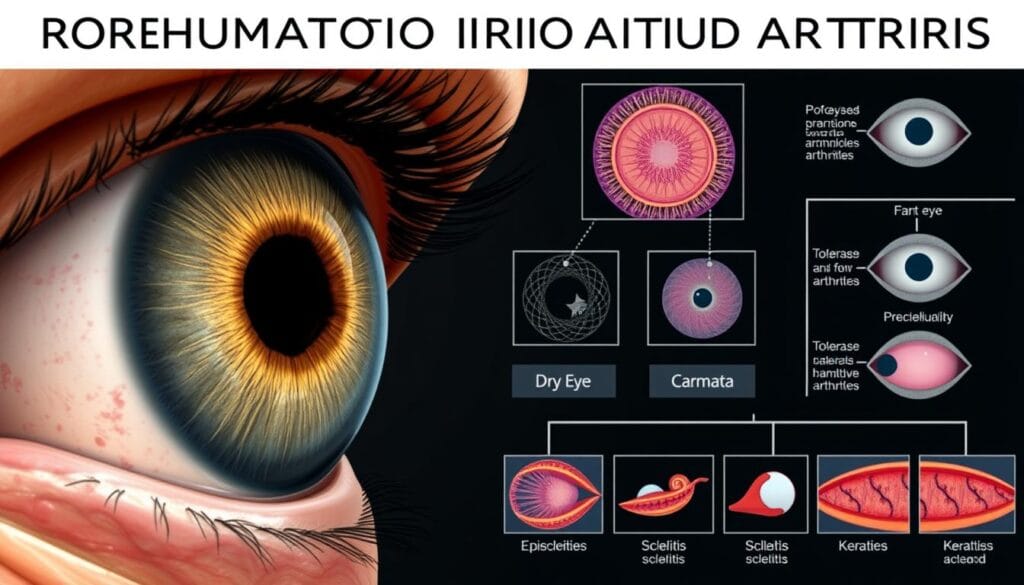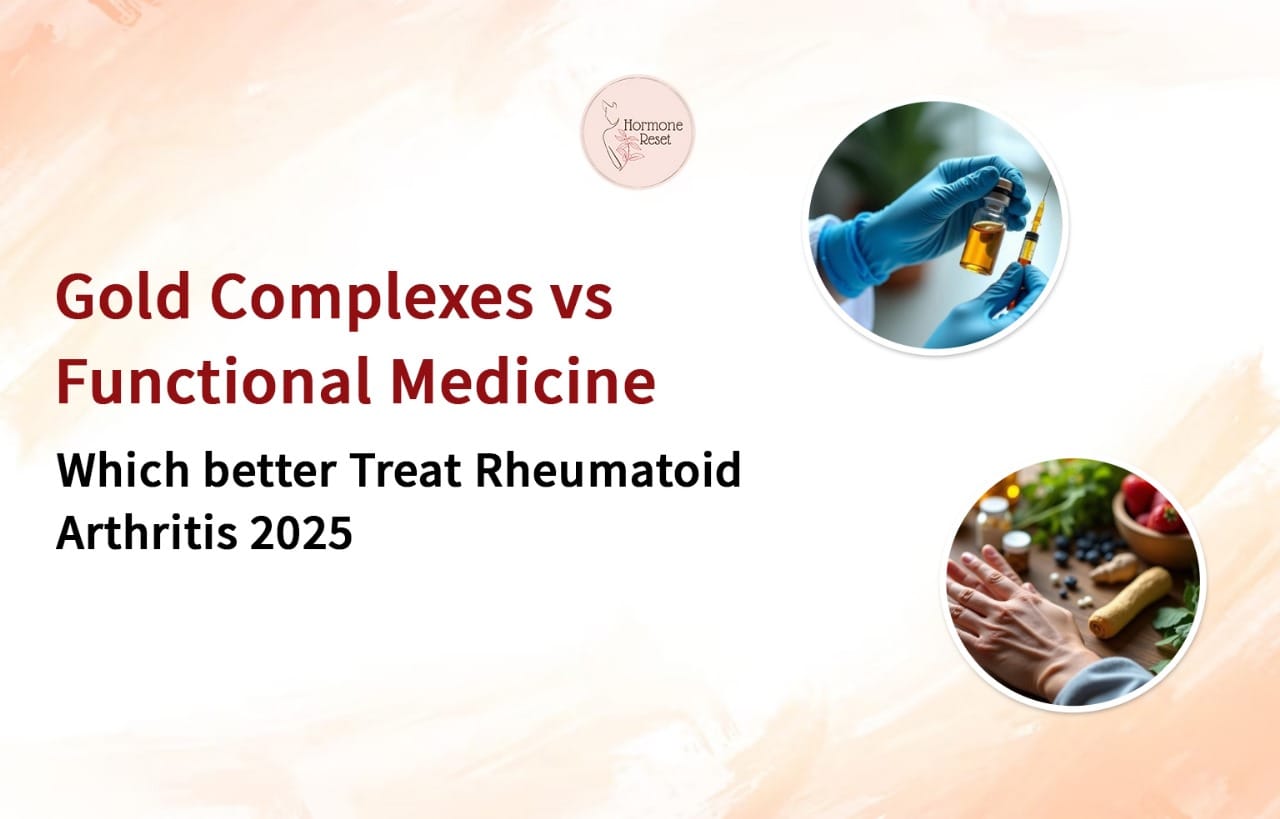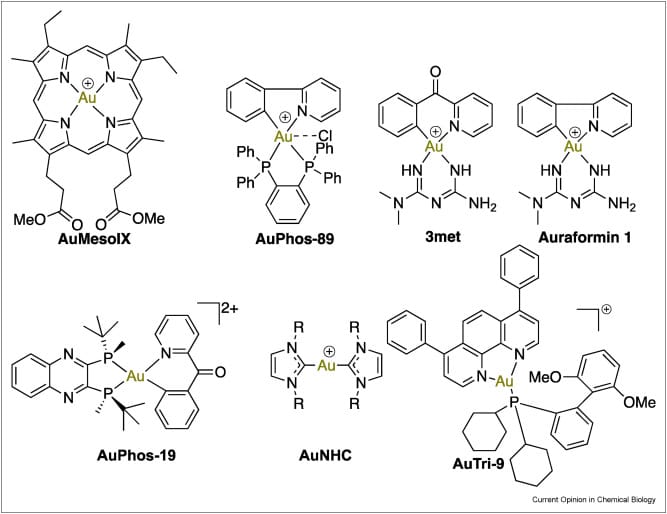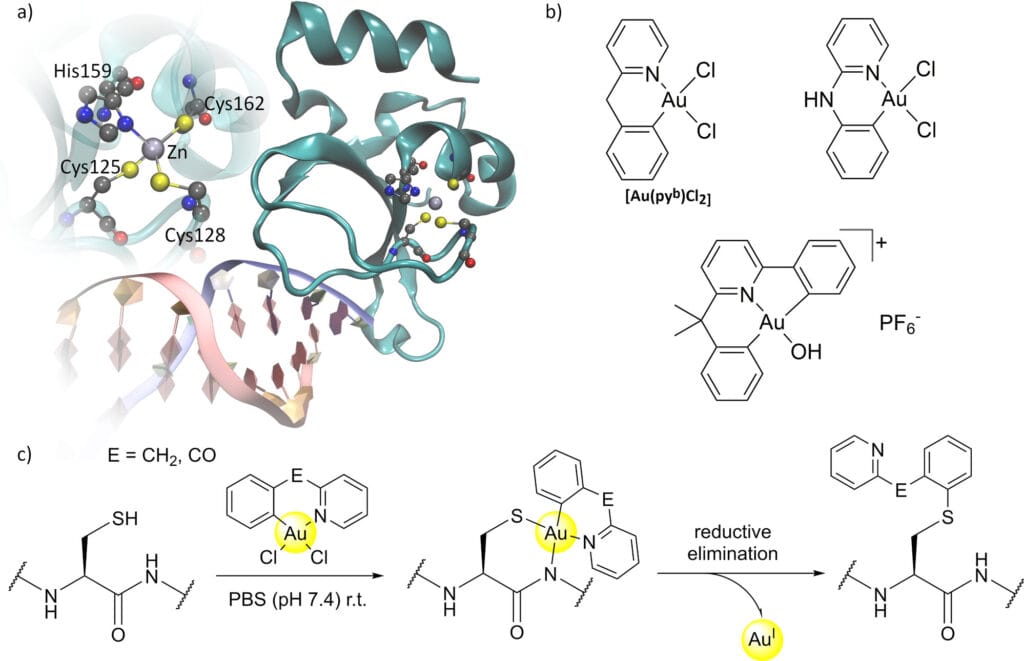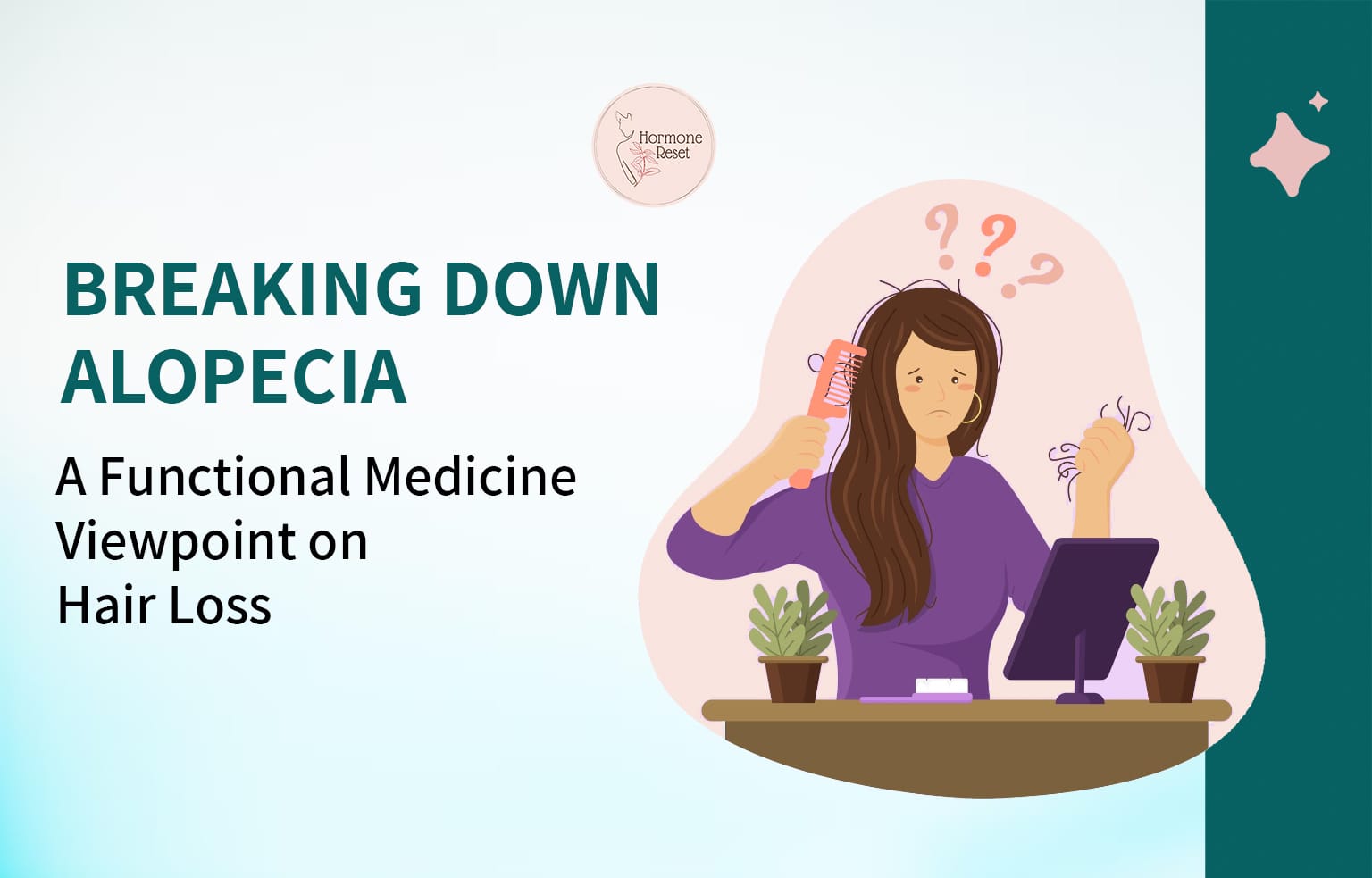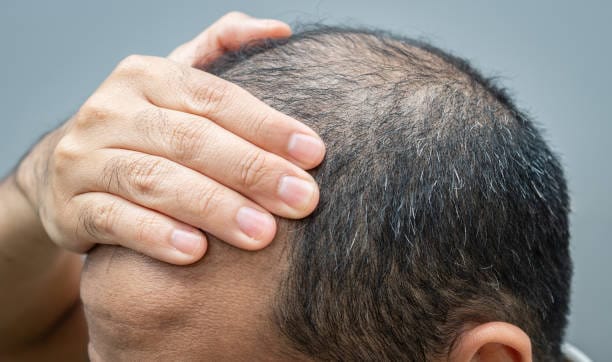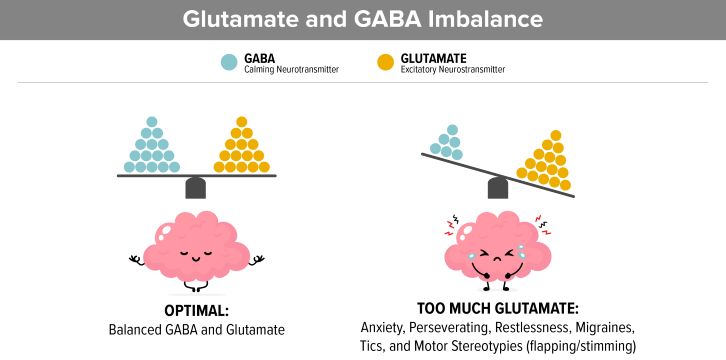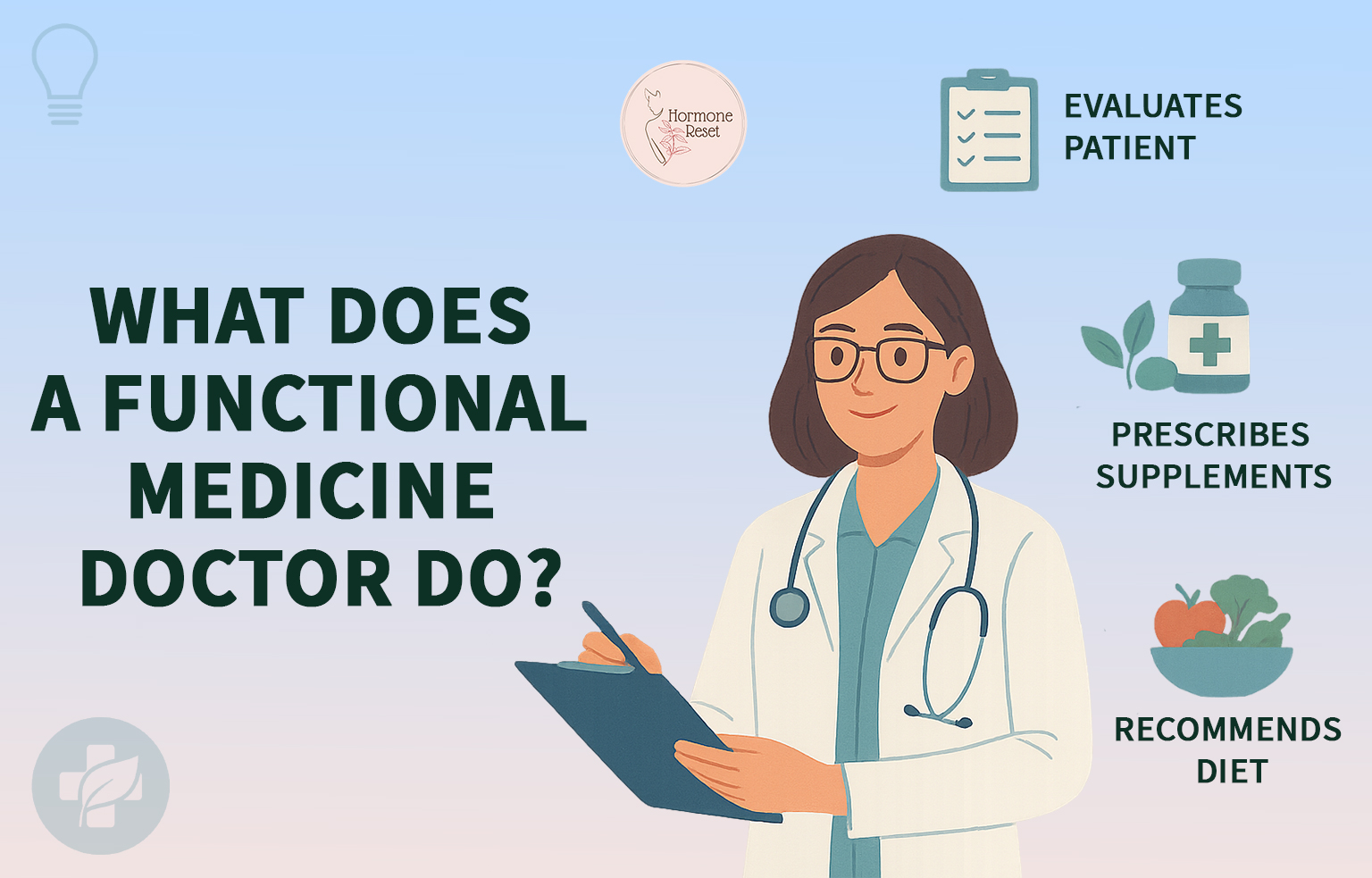Table of Contents
Functional medicine has become a buzzword in the world of healthcare, especially among those seeking answers for chronic and autoimmune disorders. But as its popularity grows, so does the debate: is functional medicine a legitimate science, or is it just another form of pseudoscience? In this article, we’ll explore the evidence, research, and common misconceptions to help you make an informed decision. Our focus is on patients dealing with autoimmune diseases and chronic conditions, aiming to provide clarity and expert insights.
What is Functional Medicine?
Functional medicine is a patient-centered, systems-oriented approach to healthcare. Unlike conventional medicine, which often addresses symptoms in isolation, functional medicine seeks to identify and treat the root causes of illness. Practitioners spend time understanding the patient’s lifestyle, genetics, environment, and medical history to create personalized treatment plans. This approach is particularly relevant for chronic and autoimmune diseases, where symptoms may have multiple, interconnected causes.
The Scientific Foundations of Functional Medicine
Is functional medicine scientific? At its core, functional medicine draws from established scientific disciplines such as biochemistry, physiology, genetics, and nutrition. It emphasizes evidence-based interventions, including dietary changes, lifestyle modifications, stress management, detoxification, and targeted supplementation. Most functional medicine protocols are informed by peer-reviewed research and clinical guidelines, especially in areas like gut health, inflammation, and metabolic function.
Common Criticisms and Misconceptions
Despite its scientific roots, functional medicine faces criticism. Some skeptics argue that it lacks large-scale clinical trials or that it relies too heavily on alternative therapies. Others label it as pseudoscience due to the inclusion of non-traditional treatments. However, much of the criticism stems from misunderstandings about what functional medicine actually entails. It is not a rejection of conventional medicine, but rather an expansion—incorporating new research and a broader understanding of how lifestyle and environment impact health.
Functional Medicine vs. Conventional Medicine
Functional medicine and conventional medicine differ in their approach to diagnosis and treatment. Conventional medicine is highly effective for acute conditions, emergencies, and infections, often using standardized protocols and pharmaceuticals. Functional medicine, on the other hand, excels in managing complex, chronic illnesses by considering the interplay of multiple factors. For example, instead of prescribing medication for autoimmune symptoms alone, a functional medicine doctor may investigate gut health, environmental toxins, and stress levels to address underlying contributors.
Functional Medicine for Autoimmune and Chronic Conditions
Functional medicine is particularly beneficial for patients with autoimmune diseases and chronic illnesses. These conditions often involve multiple systems and require a comprehensive approach. By focusing on root causes—such as inflammation, nutrient deficiencies, hormonal imbalances, and lifestyle factors—functional medicine offers hope for long-term improvement rather than just symptom management. Many patients report significant benefits, including reduced symptoms, improved quality of life, and even remission.

What Does the Research Say?
The science behind functional medicine is growing. Numerous studies support the effectiveness of interventions commonly used in functional medicine, such as anti-inflammatory diets, gut microbiome restoration, stress reduction, detoxification and personalized nutrition. For example, research published in journals like Nutrition Reviews and Frontiers in Immunology highlights the role of diet and lifestyle in modulating immune function and chronic disease risk. While more large-scale, randomized trials are needed, the current evidence base is promising and continues to expand.
Patient Success Stories
Beyond the research, patient success stories provide compelling evidence for the effectiveness of functional medicine. Many individuals with autoimmune or chronic conditions have experienced dramatic improvements through root-cause analysis and personalized care. These stories, while anecdotal, reflect a growing trend: patients who felt hopeless or underserved by conventional approaches are finding new answers and better outcomes with functional medicine.
How to Find a Qualified Functional Medicine Practitioner
If you’re considering functional medicine, it’s essential to work with a qualified practitioner. Look for practitioners who are certified by reputable organizations such as the School of Applied Functional Medicine (SAFM) and who have experience treating your specific condition. At Hormone Reset, our expert team specializes in functional medicine for chronic conditions, hormonal imbalances, and autoimmune disorders, offering online consultations worldwide.
Frequently Asked Questions (FAQ)
● Is functional medicine evidence-based? Yes, interventions are grounded in peer-reviewed research and clinical experience.
● What conditions can functional medicine treat? It is especially effective for all types of chronic and autoimmune diseases, but also supports general wellness very effectively.
● How is functional medicine different from conventional medicine? It focuses on root causes and personalized care, rather than just symptom management.
● Are functional medicine doctors real doctors? Yes, most practitioners are licensed medical doctors with additional training in functional medicine.
● What does the research say about functional medicine? The evidence base is growing, with studies supporting its approach, especially in chronic disease treatment.
Conclusion: The Future of Functional Medicine
So, is functional medicine a science or just pseudoscience? The answer lies in its foundation: functional medicine is built on scientific principles, evidence-based interventions, and a commitment to individualized care. While it may not fit the conventional mold of medicine, it offers a valuable and scientifically grounded approach for patients with complex, chronic conditions. As research continues to evolve, functional medicine is poised to play an increasingly important role in the future of healthcare.
Ready to learn more or start your journey with functional medicine? Contact our team at Hormone Reset for expert guidance and personalized care.
References
- Institute for Functional Medicine (IFM). What is Functional Medicine? Available at: https://www.ifm.org/functional-medicine/
- Deanna M. Minich. “A Review of the Science of Colorful, Plant-Based Foods and Practical Strategies for ‘Eating the Rainbow’.” Nutrition Reviews, Volume 78, Issue 7, July 2020, Pages 579–593. Available at: https://academic.oup.com/nutritionreviews/article/78/7/579/5815751
- Valeria D’Argenio. “The Role of the Gut Microbiome in the Healthy Adult Status.” Frontiers in Immunology, 2018. Available at: https://www.frontiersin.org/articles/10.3389/fimmu.2018.02793/full
- Cleveland Clinic Center for Functional Medicine. About Functional Medicine. Available at: https://my.clevelandclinic.org/departments/functional-medicine/about
- PubMed. Search results for “functional medicine clinical trials.” Available at: https://pubmed.ncbi.nlm.nih.gov/?term=functional+medicine+clinical+trial
